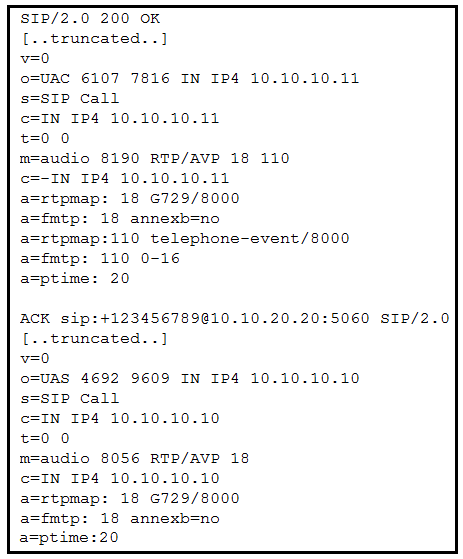Implementing Cisco Advanced Call Control and Mobility Services (CLASSM)
Here you have the best Cisco 300-815 practice exam questions
- You have 167 total questions to study from
- Each page has 5 questions, making a total of 34 pages
- You can navigate through the pages using the buttons at the bottom
- This questions were last updated on November 24, 2024

